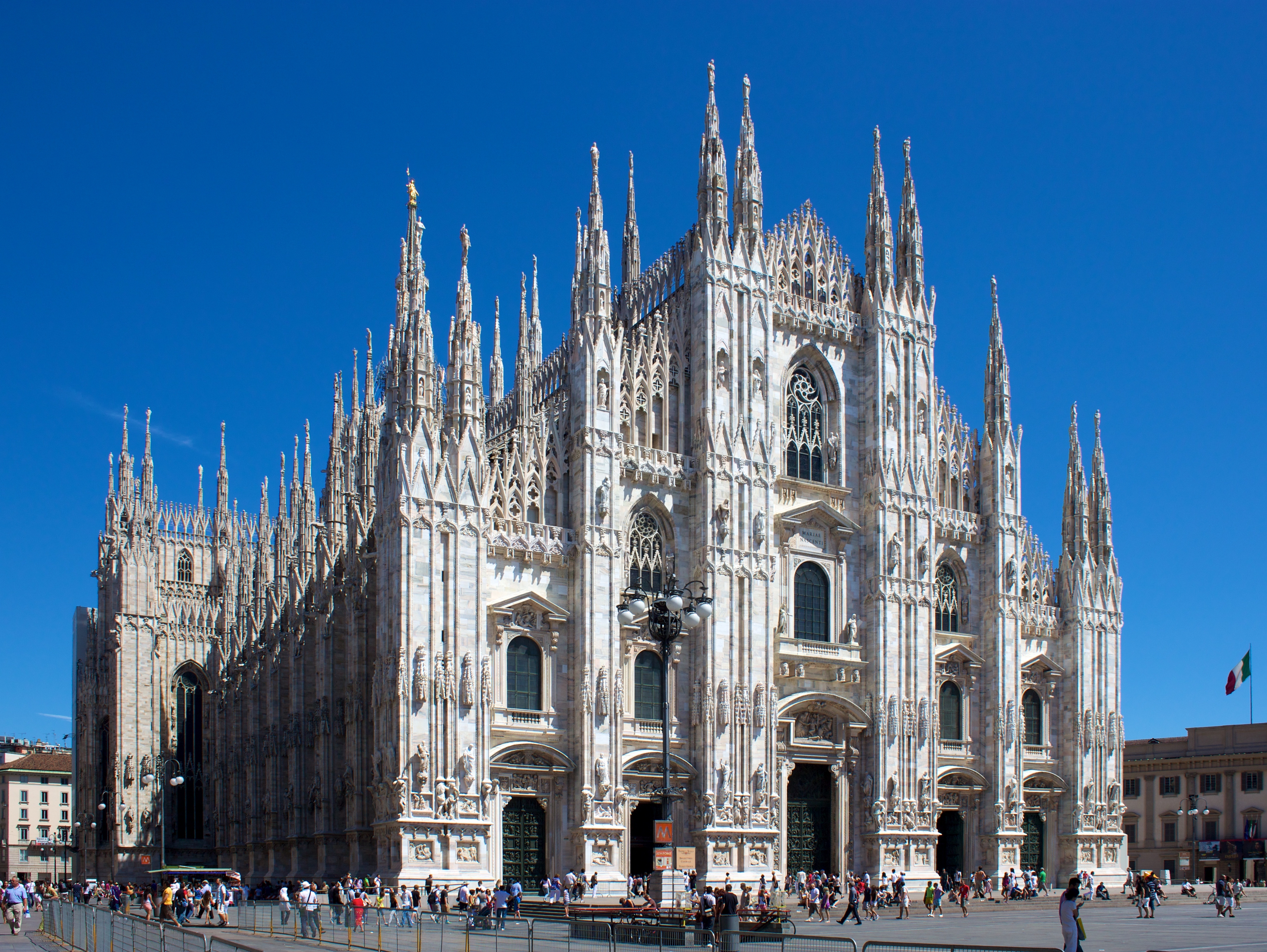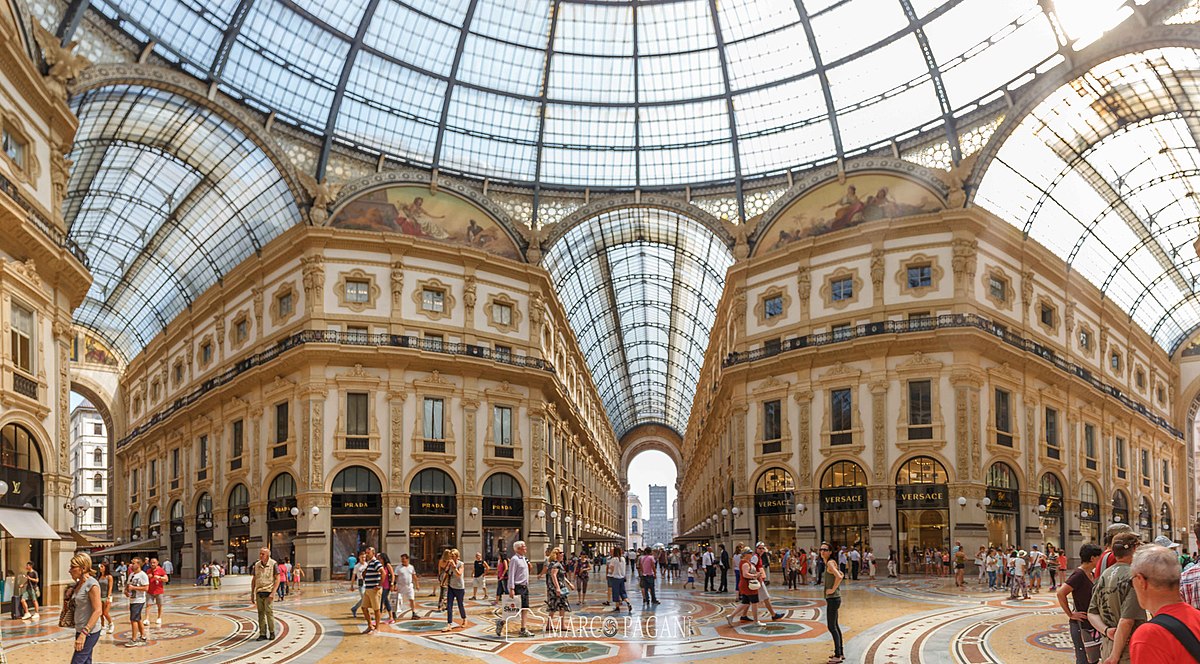Milan Italy: Complete Travel Guide to Italy's Fashion & Cultural Capital
Milan Italy: Complete Travel Guide to Italy's Fashion & Cultural Capital
Table of Contents

Milan Overview: Where Fashion Meets History
Milan, the vibrant capital of Italy's Lombardy region, stands as one of Europe's most dynamic metropolitan centers, seamlessly blending centuries-old architectural marvels with cutting-edge fashion and design. As Italy's economic powerhouse and the world's fashion capital, Milan attracts over 10 million visitors annually who come to experience its unique combination of historical grandeur, contemporary sophistication, and unparalleled style.
Located in northern Italy's Po Valley, Milan serves as a major transportation hub connecting Western Europe with the Mediterranean. The city proper houses nearly 1.4 million residents, while the greater metropolitan area encompasses over 3 million people, making it Italy's second-largest urban center after Rome. Milan's strategic position has made it a crucial commercial center since Roman times, when it was known as Mediolanum.
Top Attractions & Must-See Landmarks
The Magnificent Duomo di Milano
The Gothic masterpiece of Milan Cathedral dominates the city's heart with its forest of spires, intricate stonework, and stunning stained glass windows. Construction began in 1387 and continued for nearly six centuries, resulting in one of the world's largest Gothic cathedrals. Visitors can explore the cathedral's interior, climb to the rooftop terraces for panoramic city views, and visit the adjacent Duomo Museum.

La Scala: World's Most Famous Opera House
Teatro alla Scala, inaugurated in 1778, represents the pinnacle of opera and ballet performance worldwide. This legendary venue has hosted premieres by Verdi, Puccini, and other renowned composers. Even when performances aren't scheduled, visitors can tour the theater and explore the adjacent museum, which houses an extensive collection of operatic memorabilia, historical instruments, and elaborate costumes.
Sforza Castle and Surrounding Parks
The imposing Castello Sforzesco, built in the 15th century by Francesco Sforza, now houses several world-class museums including the Museum of Ancient Art, which contains Michelangelo's final sculpture, the Rondanini Pietà. The castle is surrounded by Sempione Park, Milan's largest green space, perfect for leisurely strolls and outdoor activities.
Fashion & Cultural Scene

Milan Fashion Week and the Quadrilatero della Moda
Milan's reputation as a global fashion capital centers around the prestigious Quadrilatero della Moda (Fashion Quadrilateral), an upscale shopping district bounded by Via Montenapoleone, Via della Spiga, Via Sant'Andrea, and Via Borgospesso. Here, luxury fashion houses like Prada, Versace, Armani, and Dolce & Gabbana showcase their latest collections in elegant boutiques.
Milan Fashion Week, held twice yearly in February/March and September/October, transforms the city into fashion's epicenter. The event attracts international buyers, media, and fashion enthusiasts to witness runway shows, presentations, and exclusive events that set global style trends.
Museums and Cultural Institutions
Beyond fashion, Milan boasts remarkable cultural attractions including the Pinacoteca di Brera, housing masterpieces by Caravaggio and Raphael, and the modern Fondazione Prada, designed by Rem Koolhaas. The Leonardo da Vinci National Museum of Science and Technology celebrates the Renaissance genius's innovations and scientific discoveries.
Food & Dining Experiences
Milan's culinary scene reflects both traditional Lombard cuisine and international influences. Signature dishes include risotto alla milanese (saffron risotto), cotoletta alla milanese (breaded veal cutlet), and panettone, the city's famous sweet bread enjoyed worldwide during Christmas.
The city offers dining experiences ranging from historic trattorias serving traditional recipes to innovative restaurants helmed by Michelin-starred chefs. The Navigli district, with its historic canals designed partly by Leonardo da Vinci, provides vibrant nightlife and diverse dining options alongside picturesque waterways.

Transportation & Getting Around
Milan's efficient public transportation system includes four metro lines (M1, M2, M3, M5), extensive bus and tram networks, and bike-sharing programs. The metro connects major attractions, shopping districts, and business areas, making it the most convenient way to explore the city. A day pass provides unlimited travel on all public transport.
Milan Malpensa and Linate airports serve international and domestic flights, with direct train connections to the city center. The high-speed rail network connects Milan to Rome (3 hours), Florence (2 hours), and other major Italian cities, while international trains reach Switzerland, France, and Austria.
Best Time to Visit Milan
Milan enjoys a humid subtropical climate with hot summers and mild winters. The ideal visiting periods are late spring (April-May) and early autumn (September-October) when temperatures are comfortable and rainfall is moderate. These months also coincide with Fashion Week events, though hotel rates increase significantly during these periods.
Summer can be hot and humid, but many locals vacation elsewhere, making it less crowded. Winter brings Christmas markets, holiday decorations, and the famous La Scala season, though weather can be foggy and chilly.
Milan Neighborhoods Guide

Porta Nuova: Milan's Modern Business District
The ultra-modern Porta Nuova district showcases Milan's contemporary face with striking skyscrapers including the UniCredit Tower and the innovative Bosco Verticale (Vertical Forest). This area features upscale shopping at Corso Como, trendy restaurants, and the beautiful Biblioteca degli Alberi park.
Brera: The Artistic Quarter
Brera's cobblestone streets house art galleries, antique shops, and sophisticated bars. The neighborhood centers around the prestigious Pinacoteca di Brera and the beautiful Brera Botanical Garden, creating an intimate atmosphere perfect for leisurely exploration.
Navigli: Canal District Entertainment Hub
The historic Navigli canals, originally designed for transportation and later partly attributed to Leonardo da Vinci's engineering, now form Milan's primary nightlife destination. The area offers diverse dining options, aperitivo bars, and vibrant evening entertainment along picturesque waterways.
Frequently Asked Questions
What is Milan most famous for?
Milan is globally renowned as one of the world's fashion capitals, home to luxury brands like Prada, Versace, and Armani. The city also stands out for its Gothic cathedral (Duomo), La Scala opera house, and as Italy's economic and financial center. Milan successfully balances historical architecture with modern design and innovation.
How many days do you need in Milan?
A minimum of 2-3 days allows you to see major attractions like the Duomo, La Scala, and Sforza Castle, plus experience Milan's fashion scene and dining culture. For a more comprehensive visit including day trips, museums, and shopping, 4-5 days provides a comfortable pace to explore the city thoroughly.
Is Milan worth visiting if you're not into fashion?
Absolutely! Milan offers incredible architecture (Gothic cathedral, historic palaces), world-class museums, exceptional cuisine, vibrant nightlife, and rich cultural experiences. The city's artistic heritage, from Renaissance masterpieces to contemporary installations, appeals to diverse interests beyond fashion.
What should I buy in Milan?
Popular Milan purchases include luxury fashion items from Italian designers, high-quality leather goods, artisanal jewelry, Italian silk scarves, and gourmet food products like authentic Milanese panettone. The Quadrilatero della Moda and Galleria Vittorio Emanuele II offer premium shopping experiences.
Experience Milan's Timeless Elegance
Milan masterfully combines historical significance with contemporary innovation, offering visitors an unparalleled urban experience. From the breathtaking Gothic architecture of the Duomo to the cutting-edge fashion districts, from world-renowned cultural institutions to exceptional culinary traditions, Milan provides diverse attractions that satisfy every traveler's interests.
Whether you're admiring Renaissance art in the Pinacoteca di Brera, shopping for luxury fashion in the Quadrilatero della Moda, enjoying an evening aperitivo along the Navigli canals, or attending a performance at La Scala, Milan promises unforgettable memories and sophisticated experiences that capture the essence of Italian style and culture.
Planning Your Milan Adventure?
Milan awaits with its perfect blend of fashion, culture, and gastronomy. From iconic landmarks to hidden gems, every corner tells a story of Italian excellence and innovation.
✈️ Found this guide helpful? Share it with fellow travelers and fashion enthusiasts!